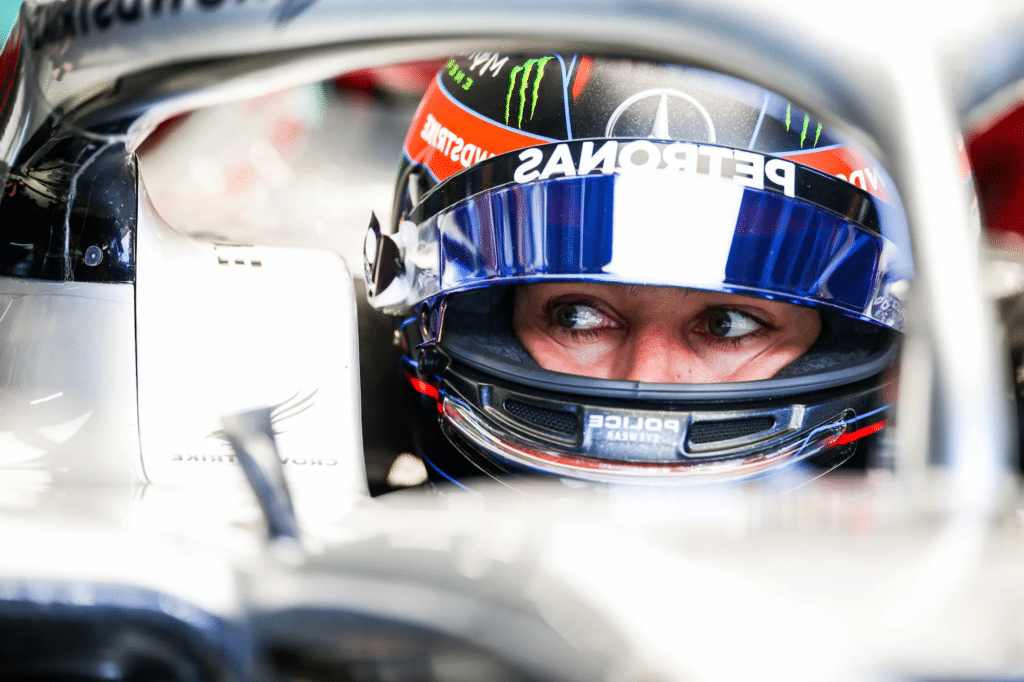Are you dreaming of becoming a Formula One (F1) driver? Do you aspire to be part of one of the most prestigious and exciting racing championships in the world? If so, you’re not alone. Countless motorsport enthusiasts share the same dream and work hard to achieve it.
Becoming an F1 driver is a challenging and competitive journey that requires passion, talent, dedication, and hard work. It’s a long-term commitment that starts at a young age and demands years of training, experience, and perseverance.
But don’t let the difficulties discourage you. With the right mindset, attitude, and guidance, you can increase your chances of success and fulfill your aspirations. That’s why we’ve created this guide to help you understand what it takes to become an F1 driver and provide you with the essential information and tips to help you get there.
In this guide, we’ll cover everything from the minimum age requirements, physical and mental fitness, driving skills, and education to the different racing categories and feeder series, how to find a team and sponsor, and what to expect from an F1 career. We’ll also share some inspiring stories of successful F1 drivers who started from scratch and made it to the top and their advice for aspiring racers.
So, if you’re ready to start your journey to become an F1 driver, let’s dive in!
Starting with Go-Karting: The Gateway to Motorsports
Go-karting was many professional F1 drivers’ introduction to racing. Learn the fundamentals of racing and hone essential abilities like car control, racecraft, and strategy through karting, which is accessible and reasonably priced. Lewis Hamilton and Sebastian Vettel were two F1 drivers who began their racing careers in go-karts. A solid foundation for your future racing aspirations must be built by competing in karting for several years.
Enhancing Your Driving Skills and Techniques

To achieve your goal of becoming a professional F1 driver, you must first master driving abilities and methods. Through practice and experience in kart racing or even simulators, skills like braking, cornering, overtaking, and race strategy can be refined. You can further improve your driving skills by following and studying professional races, going to workshops or racing seminars, or even hiring a coach or mentor.
Joining an Accredited Racing School
Enrolling in a reputable racing school can significantly accelerate your progress toward becoming an F1 driver. These schools offer advanced training programs, typically consisting of 1-2 weeks of intensive courses, designed to refine your racing skills. Choose a school that is approved by the Fédération Internationale de l’Automobile (FIA), the governing body of Formula 1.
Upon completing the program, obtaining a racing license will allow you to compete in various racing events, showcasing your skills and attracting potential sponsors.
Competing in Different Formula Racing Series

Aspiring drivers must get experience in lower-level formula racing series before moving up to F1. Formula Ford, Formula 3, and Formula 2 are all included in this. Being successful in these series not only enhances your racing resume but also gives you valuable experience operating high-performance single-seat race vehicles. Most significantly, good results in these series can get you noticed by F1 teams and sponsors, improving your prospects of someday reaching the pinnacle of motorsport.
Building a Strong Racing Network
Building a strong network in the racing industry is essential for career advancement and prospects. Developing relationships with nearby racing teams, clubs, and other drivers can open doors to sponsorship opportunities as well as mentorship and helpful advice. Joining junior teams connected to F1 teams, like the Red Bull Junior Team, can give drivers invaluable exposure and a chance to pick the brains of seasoned professionals already working in the field. Keeping in touch with others in the racing community also makes it easier to learn about employment openings, tryout chances, and potential sponsorships.
Preparing Physically and Mentally for the F1 Challenge
An extremely high level of physical and mental condition is necessary to drive in Formula 1.
Drivers must maintain strength, endurance, and focus due to high G forces and high levels of concentration.
For optimum physical readiness, a tough workout regimen incorporating both cardio and strength training is required.
How Long is a Formula 1 Race?
The mental toughness and resilience required for success in Formula 1 can be developed through the use of mental training methods including visualization, meditation, and stress management techniques.
Conclusion: The Path to Formula 1 Requires Passion and Dedication
The road to becoming a Formula 1 driver is ultimately paved with a lot of effort, unshakeable resolve, and unfathomable enthusiasm for the sport.
You can put yourself on the correct track to realizing your ambition of competing in Formula 1 by adhering to these guidelines, immersing yourself in the world of motorsports, and continually improving your abilities.



